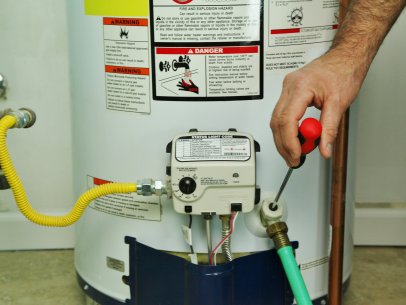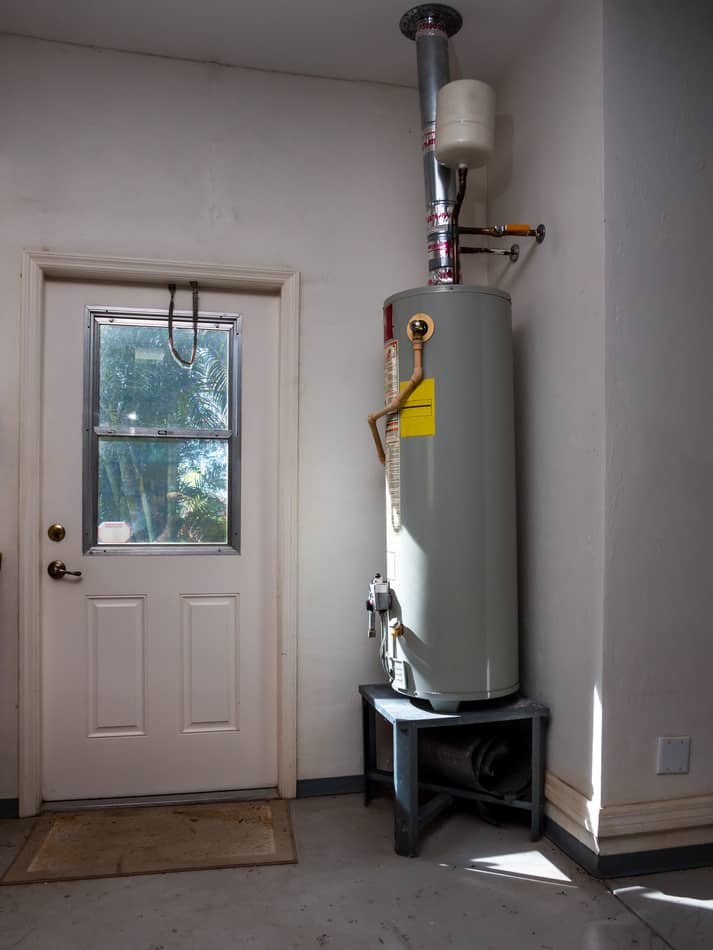Steps on How to Care for Your Home's Hot Water System ProperlyMaintaining Your Home's Hot Water System: Essential Guidelines
Steps on How to Care for Your Home's Hot Water System ProperlyMaintaining Your Home's Hot Water System: Essential Guidelines
Blog Article
The publisher is making a few great pointers on the subject of How to Maintain Your Water Heater & Prolong its Life overall in this article in the next paragraphs.

Hot water is necessary for daily convenience, whether it's for a refreshing shower or washing dishes. To guarantee your hot water system runs successfully and lasts much longer, routine maintenance is crucial. This write-up provides useful pointers and insights on how to keep your home's hot water system to prevent disruptions and pricey repair services.
Intro
Preserving your home's hot water system could appear challenging, but with a couple of simple steps, you can guarantee it runs efficiently for many years ahead. This overview covers everything from understanding your hot water system to do it yourself upkeep tips and understanding when to call in expert aid.
Relevance of Preserving Your Hot Water System
Normal maintenance not just prolongs the lifespan of your hot water system yet likewise guarantees it operates effectively. Neglecting upkeep can result in lowered efficiency, higher power expenses, and also premature failing of the system.
Signs Your Warm Water System Needs Upkeep
Knowing when your warm water system requires interest can protect against significant concerns. Keep an eye out for signs such as inconsistent water temperature level, unusual sounds from the heater, or rustic water.
Recognizing Your Warm Water System
Before diving right into upkeep tasks, it's valuable to comprehend the basic components of your warm water system. Normally, this consists of the water heater itself, pipes, anode poles, and temperature level controls.
Month-to-month Maintenance Tasks
Routine month-to-month checks can help catch small concerns before they escalate.
Purging the Hot Water Heater
Purging your hot water heater gets rid of debris build-up, improving efficiency and extending its life.
Monitoring and Changing Anode Rods
Anode rods avoid corrosion inside the storage tank. Evaluating and changing them when broken is crucial.
Examining and Changing Temperature Level Setups
Changing the temperature settings makes sure ideal efficiency and safety.
DIY Tips for Upkeep
You can perform several maintenance tasks yourself to maintain your warm water system in leading problem.
Checking for Leaks
Frequently examine pipes and connections for leaks, as these can bring about water damages and higher bills.
Checking Pressure Relief Valves
Testing the stress safety valve guarantees it works properly and protects against extreme pressure buildup.
Insulating Pipelines
Protecting hot water pipelines minimizes heat loss and can conserve power.
When to Call an Expert
While DIY upkeep is useful, some concerns need professional experience.
Facility Problems Requiring Specialist Assistance
Examples consist of significant leakages, electric problems, or if your hot water heater is continually underperforming.
Routine Specialist Maintenance Perks
Professional upkeep can include complete examinations, tune-ups, and ensuring compliance with safety and security standards.
Final thought
Regular maintenance of your home's warm water system is crucial for efficiency, longevity, and cost financial savings. By adhering to these suggestions and recognizing when to seek expert aid, you can guarantee a trusted supply of hot water without unforeseen disturbances.
Water Heater Maintenance Tips
Test the TPR Valve
Shut off the power and the cold-water supply valve. Place a bucket under the pipe connected to the temperature-pressure-release (TPR) valve on the top or side of the tank. (This valve opens if the tank pressure gets too high.) Lift the valve’s tab to let some water out, then let go. If water keeps flowing, drain the tank partway, unscrew the old valve with a pipe wrench, and install a new one. Check the Anode Rod
Put a hose to the tank’s drain cock and let out a few gallons of water. Now fit a 1 1/16-inch socket onto the rod’s hex head on top of the heater (or under its top plate) and unscrew the rod. If it’s less than ½ inch thick or coated with calcium, buy a new one, wrap its threads with Teflon tape, put it back in the tank, and tighten securely. Use this segmented rod if headroom above the tank is limited. Drain the Tank and Wash Out Sediment
Drain the remaining water in the tank into the bucket, then stir up the sediment on the tank’s bottom by briefly opening the cold-water supply valve. Drain and repeat until clean water comes out of the hose. Close the drain cock, refill the tank, and turn its power back on. Adjust the Temperature
Find the temperature dial on the side of the tank and unscrew its cover. Adjust the dial to 120 degrees using a flathead screwdriver. For every 10 degrees the temperature is lowered, you can expect to save up to 5 percent in energy costs. Turn the water heater off or the thermostat down to its lowest setting if you plan to be away from home for more than three days. Insulate the Pipes
Buy some self-sticking 3/8-inch-thick foam pipe insulation that matches the pipes’ diameter. Slide the foam over the hot-and cold-water pipes as far as you can reach. Insulating the cold-water pipe prevents condensation in summer. Peel the tape and squeeze the insulation closed. If the pipe is 6 inches or less from the flue, cover it with 1-inch-thick unfaced fiberglass pipe wrap. https://www.thisoldhouse.com/plumbing/21016402/how-to-maintain-a-water-heater

Hopefully you enjoyed reading our excerpt on What Kind of Maintenance Do Water Heaters Need?. Thank you for taking time to read through our blog post. Sharing is good. Helping others is fun. Kudos for being here. Please check our blog back soon.
Click Here Report this page